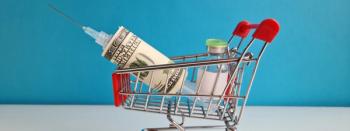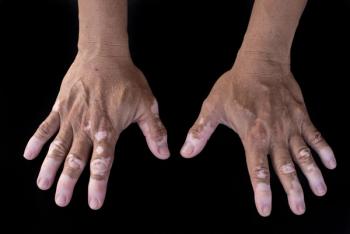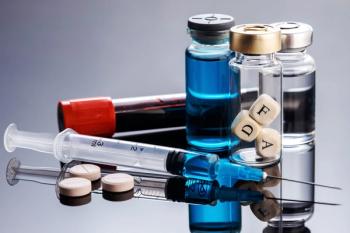
Dietary fiber lowers risk of first stroke: Study
Greater dietary fiber intake is significantly associated with lower risk of first stroke, according to a recent study published in Stroke.
Greater dietary fiber intake is significantly associated with lower risk of first stroke, according to a recent
Using data from 8 large studies conducted around the world, Diane Threapleton, PhD candidate, Nutritional Epidemiology Group, University of Leeds, United Kingdom, and colleagues, found that within the usual range of fiber intakes (from about 10 g to 30 g per day), the more fiber people had eaten, the lower their risk of stroke. For each increase of 7 grams per day, the risk of stroke was reduced by 7%.
“This study has looked at all the large studies which had reported on the links between the amount of dietary fiber people eat and whether they are then more or less likely to experience a stroke in later life,” Threapleton told Formulary. “We systematically reviewed any relevant studies published between 1990 and 2011 and statistically combined the information from these different studies using meta-analysis. All the studies we included had statistically adjusted for potential confounding factors such as smoking, age, and BMI.
Impact is great
“To our knowledge, this is the first time this analysis has been done,” Threapleton continued. “This sounds quite a small reduction in risk, but because stroke affects so many people, lowering risk by 7% could potentially impact many thousands of individuals.”
Physicians should be aware that on average, intake of dietary fiber in the United States is much lower than recommended goals-about half of what is advised, according to Threapleton.
“Reaching the fiber goal is likely to have all sorts of health benefits, and we think that reducing long-term stroke risk should be added to that list,” she said.
The risk reduction the researchers saw related to an increase in fiber of 7 g per day. According to Threapleton, 7 grams of extra fiber per day is easily achievable by eating 1 serving of whole-grain breakfast cereal and 2 servings of fruit or vegetables, for example, or from 1 serving of wholegrain bread and one servings of pulses (lentils/beans).
“Our study suggests that eating a diet with plenty of fiber-rich foods may assist in stroke prevention in the long term,” Threapleton said. “Wholesale changes to diet are often not necessary, and just replacing refined carbohydrates with the higher fiber, less refined versions as well as aiming for increased fruit and vegetable intakes will take the average patient a long way toward achieving the fiber goals.”
Newsletter
Get the latest industry news, event updates, and more from Managed healthcare Executive.






















































